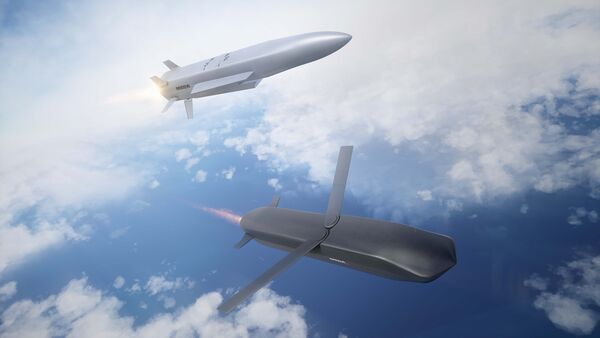
MBDA will complete the FC/ASW assessment phase at the start of 2025. The programme has spawned two complementary missiles: the subsonic, ultra-low observable TP15 (bottom) and the high-speed, ramjet-powered RJ10 (top). (MBDA)
European missile house MBDA has revealed details of key assessment phase test activities completed for the next-generation Future Cruise/Anti-Ship Weapon (FC/ASW) under development for France, Italy, and the UK.
Presenting an update at the Euronaval 2024 exhibition in Paris, held from 4 to 7 November, MBDA officials disclosed that the subsonic, ultra-low observable FC/ASW variant, known as TP15, had been the subject of radio frequency (RF) signature testing, while the ramjet propulsion system for the high-speed RJ10 version has completed wind tunnel tests. The company also disclosed that FC/ASW was now being groomed for high-value airborne asset (HVAA) interdiction alongside land attack, anti-ship, and suppression/destruction of enemy air defences (SEAD/DEAD).
Launched in the wake of the November 2010 Lancaster House Treaty, the FC/ASW programme was conceived to converge French and UK requirements for a new long-range anti-ship capability (to replace Exocet and Harpoon respectively) and a new conventionally armed deep-strike missile (replacing the SCALP/Storm Shadow missile family). The two governments in late 2021 jointly funded MBDA to complete a three-year assessment phase activity.
In June 2023 Italy announced its intention to join the FC/ASW programme and signed a so-called convergence contract late last year to join the assessment phase and realign FC/ASW as a three-nation development.
Looking to read the full article?
Gain unlimited access to Janes news and more...







